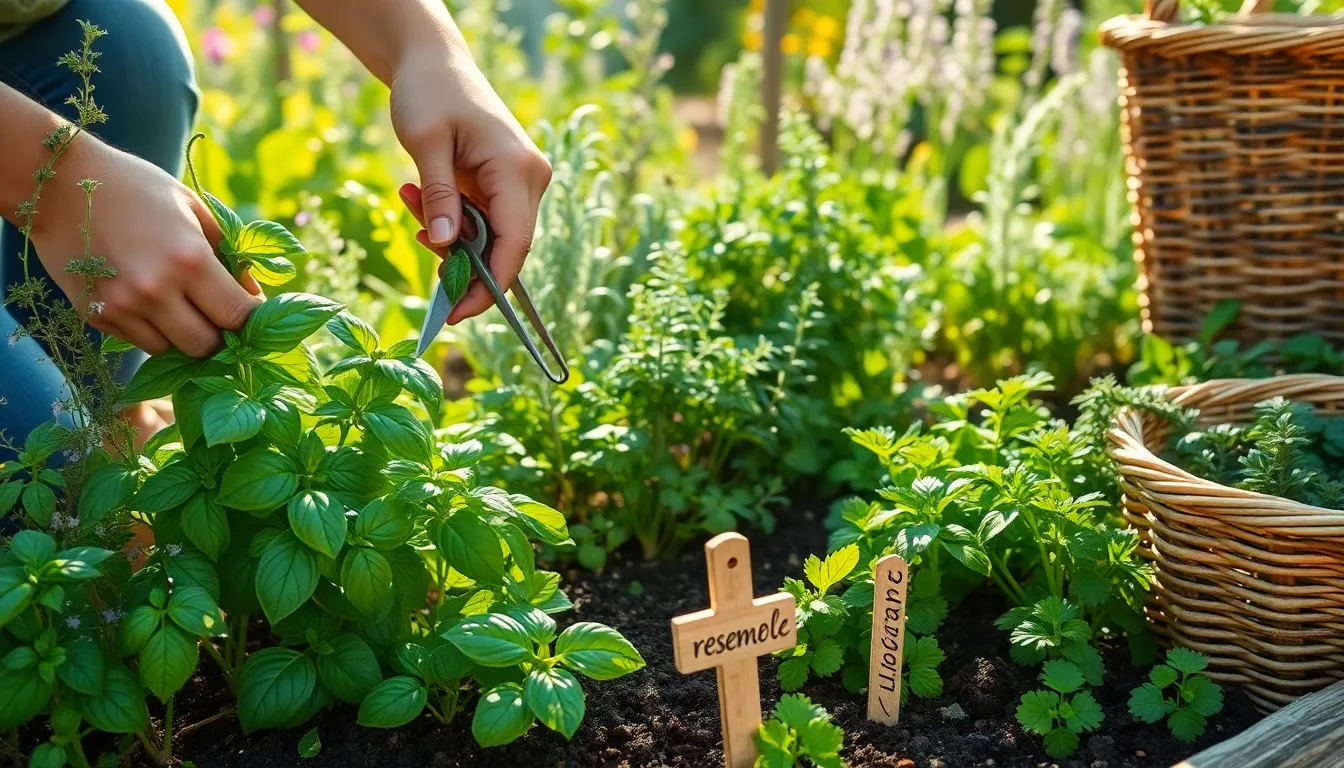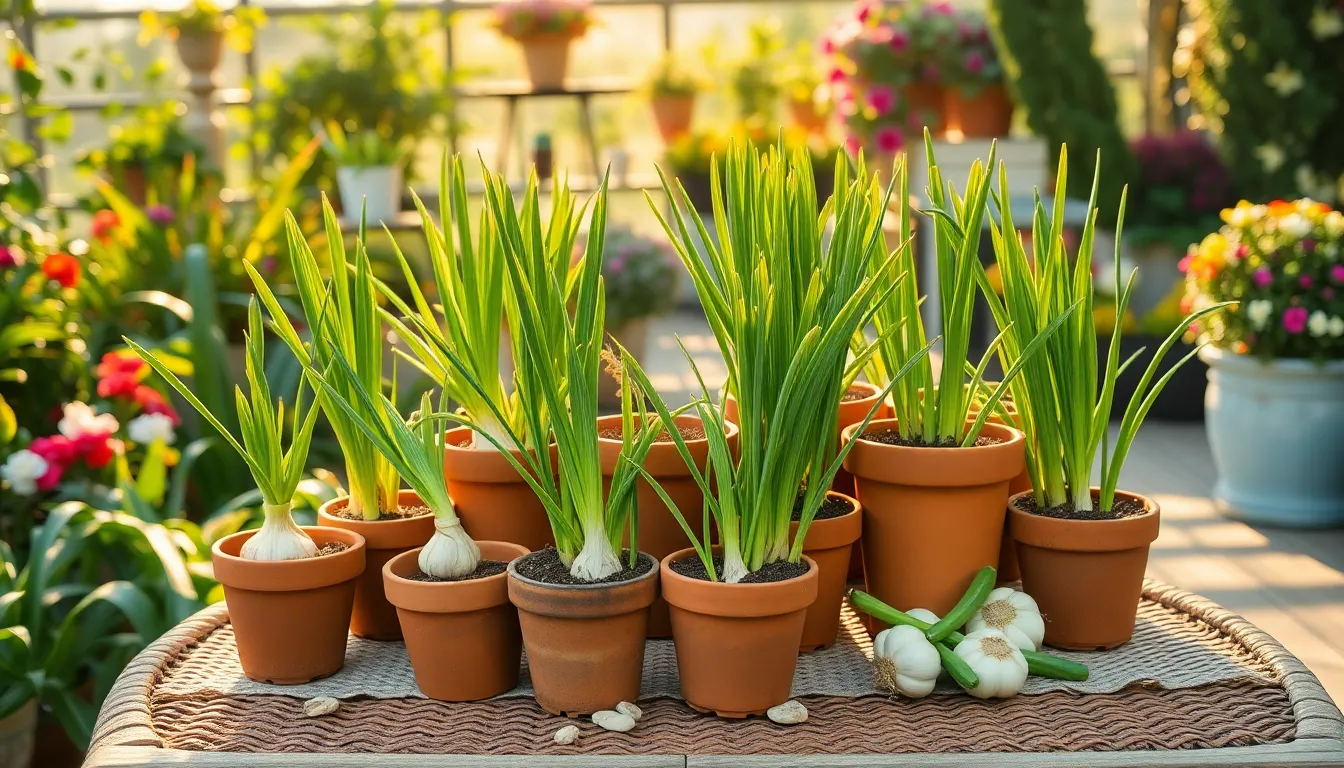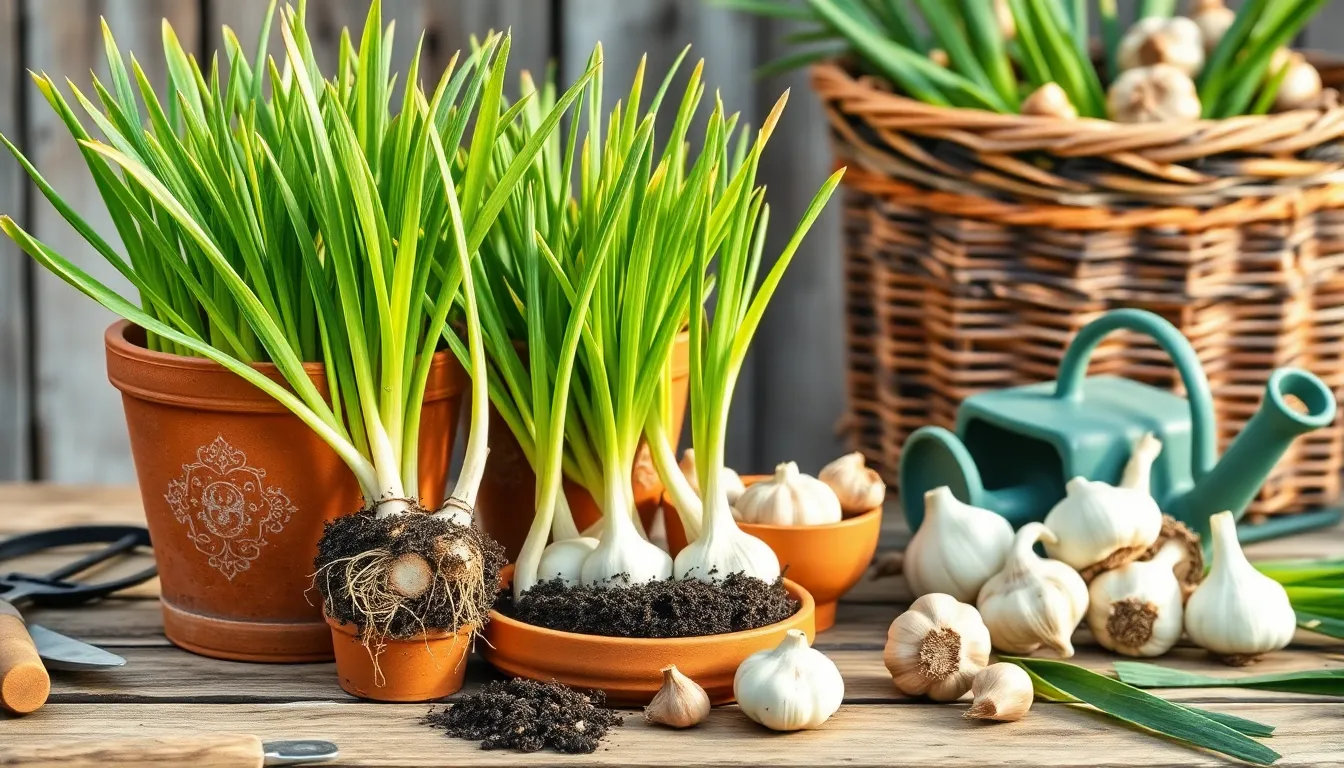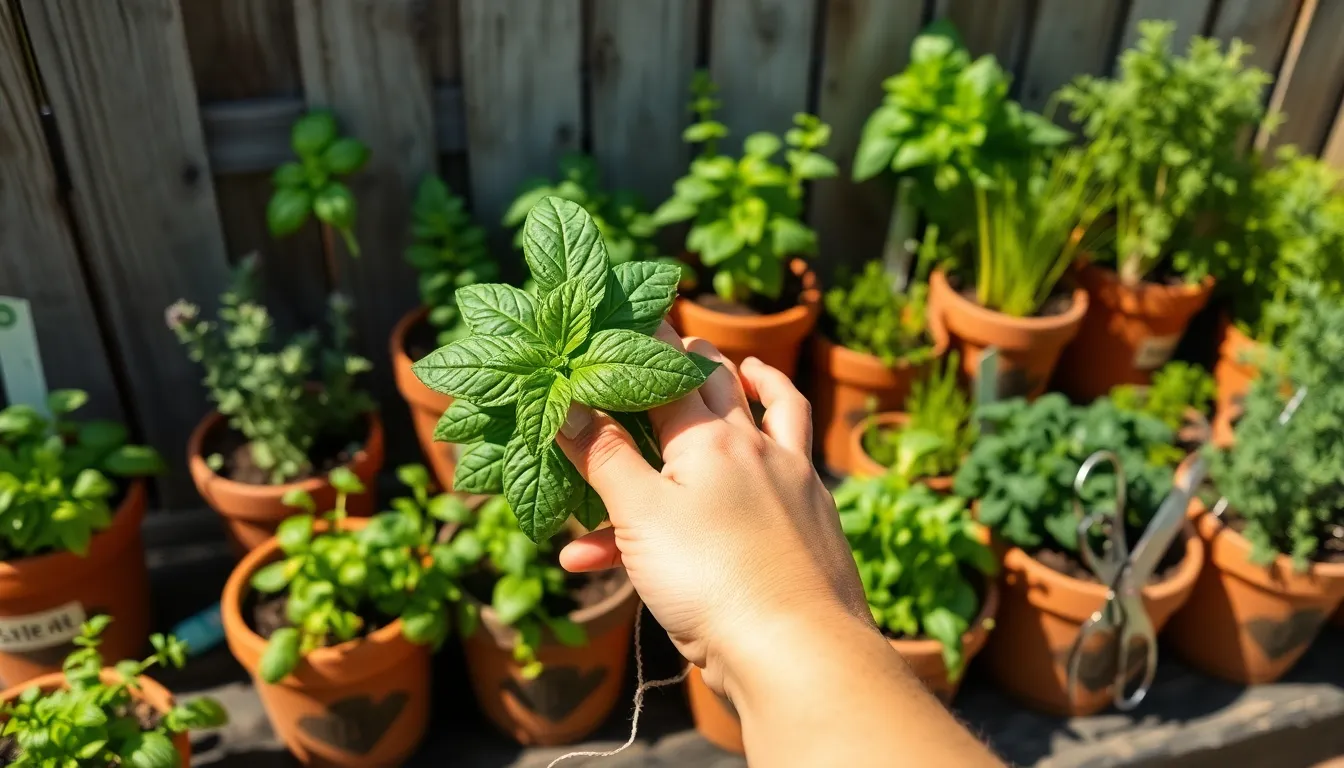Imagine stepping into your garden, scissors in hand, ready to snip fresh herbs to elevate tonight’s dinner. Whether you’re a budding gardener or a seasoned green thumb, knowing how to harvest herbs without harming the plant is a crucial skill that enhances both the health of your garden and the flavors on your plate. Herbs, with their aromatic leaves and delightful flavors, are one of the most rewarding plants to grow, offering a continuous harvest if treated with care.
For the beginner, this means understanding the gentle art of pruning in a way that encourages growth rather than stifles it. Experienced gardeners might find themselves rethinking old habits in favor of techniques that maximize their herb yield over time. In this article, we’ll explore the precise steps to ensure you’re harvesting herbs in a way that keeps your plants thriving for the seasons to come. From learning the best time of day to harvest to understanding the right way to snip, these insights will empower your gardening journey with confidence and success.
Identify Optimal Harvest Time
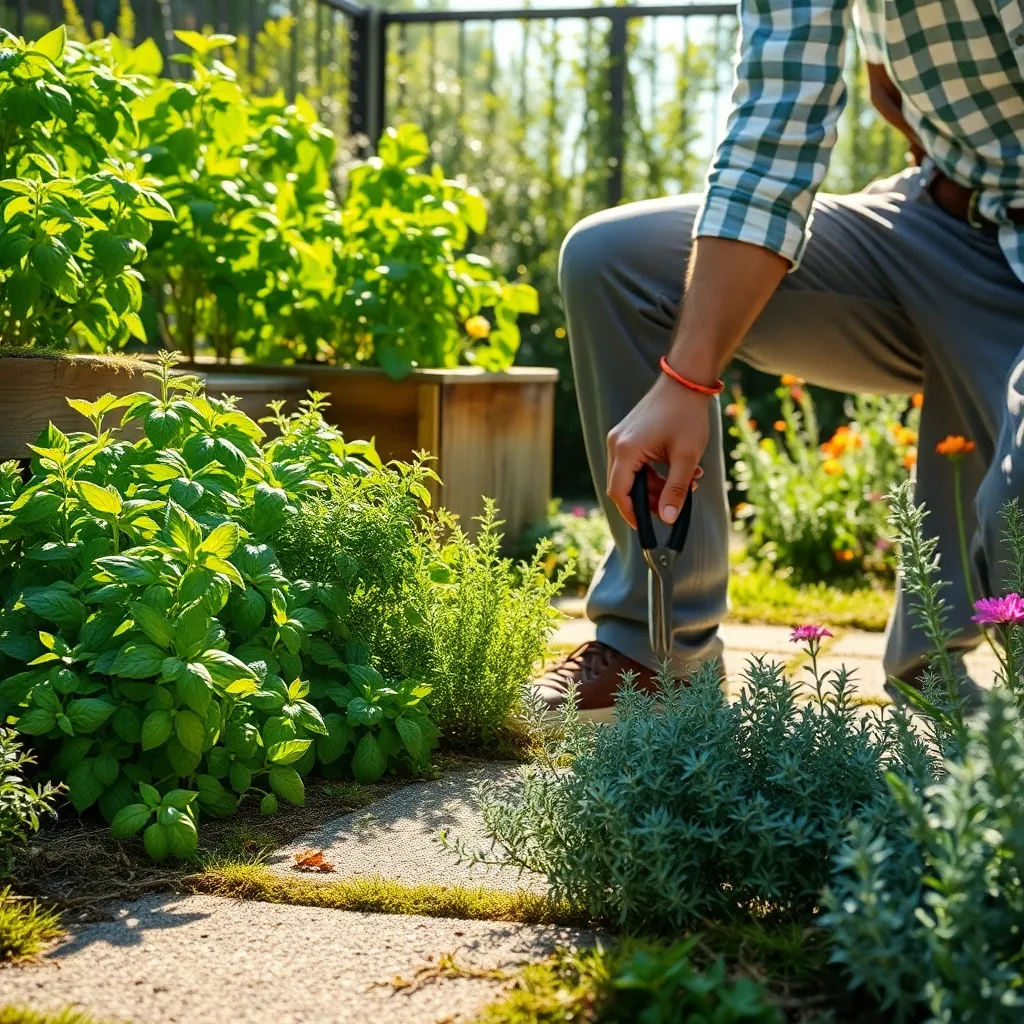
Knowing when to harvest your herbs is crucial for maintaining the plant’s health and ensuring a continual supply of fresh leaves. Typically, herbs should be harvested in the early morning after the dew has evaporated, as this is when their essential oils and flavors are at their peak.
For most herbs, such as basil and mint, the best time to harvest is just before the plants begin to flower. This is because once flowering starts, the leaves can become bitter, and the plant will focus its energy on producing seeds rather than new foliage.
Pay attention to the growth stage of your plants; harvest when the plants have enough healthy leaves for photosynthesis without stripping them bare. As a general rule, never remove more than one-third of the plant at any one time, allowing it to recover and continue growing.
Advanced gardeners may employ a technique called succession planting to ensure a steady supply of herbs. This involves planting seeds at intervals so that as one group is harvested, another is maturing, providing a continuous harvest cycle.
Use Sharp, Clean Tools

Using sharp, clean tools is essential to ensure a healthy harvest and promote the plant’s continued growth. Dull tools can crush stems and leaves, making plants more susceptible to disease and pest infestations. Regularly cleaning your tools not only protects the plant but also extends the lifespan of your gardening equipment. A simple wipe with rubbing alcohol after each use can prevent the spread of pathogens.
Sharp tools make precise cuts, reducing the stress on the plant and enabling quicker healing. For best results, invest in a good pair of pruning shears, and keep them sharpened for optimal performance. Clean cuts are particularly important for herbs like basil and mint, which can be prone to wilting if damaged. A well-maintained tool ensures a clean slice, promoting vigorous regrowth.
Consider dedicating a few minutes each month to maintaining your gardening tools. Use a sharpening stone or a file to keep the blades in top condition, ensuring each cut is smooth and efficient. For herb gardeners, this small investment of time pays off in healthier plants and more abundant harvests. Remember, healthy plants are more resilient, ultimately saving you time and effort in pest control and plant care.
For those growing herbs in containers, sharp tools are even more critical. Container plants can be more vulnerable due to restricted root space and limited nutrients. By using clean, sharp tools, you minimize the risk of introducing diseases that can quickly spread in the confined environment of a pot. This attention to detail helps ensure that your herbs continue to thrive, providing fresh flavors for your kitchen throughout the growing season.
Cut Above Leaf Node
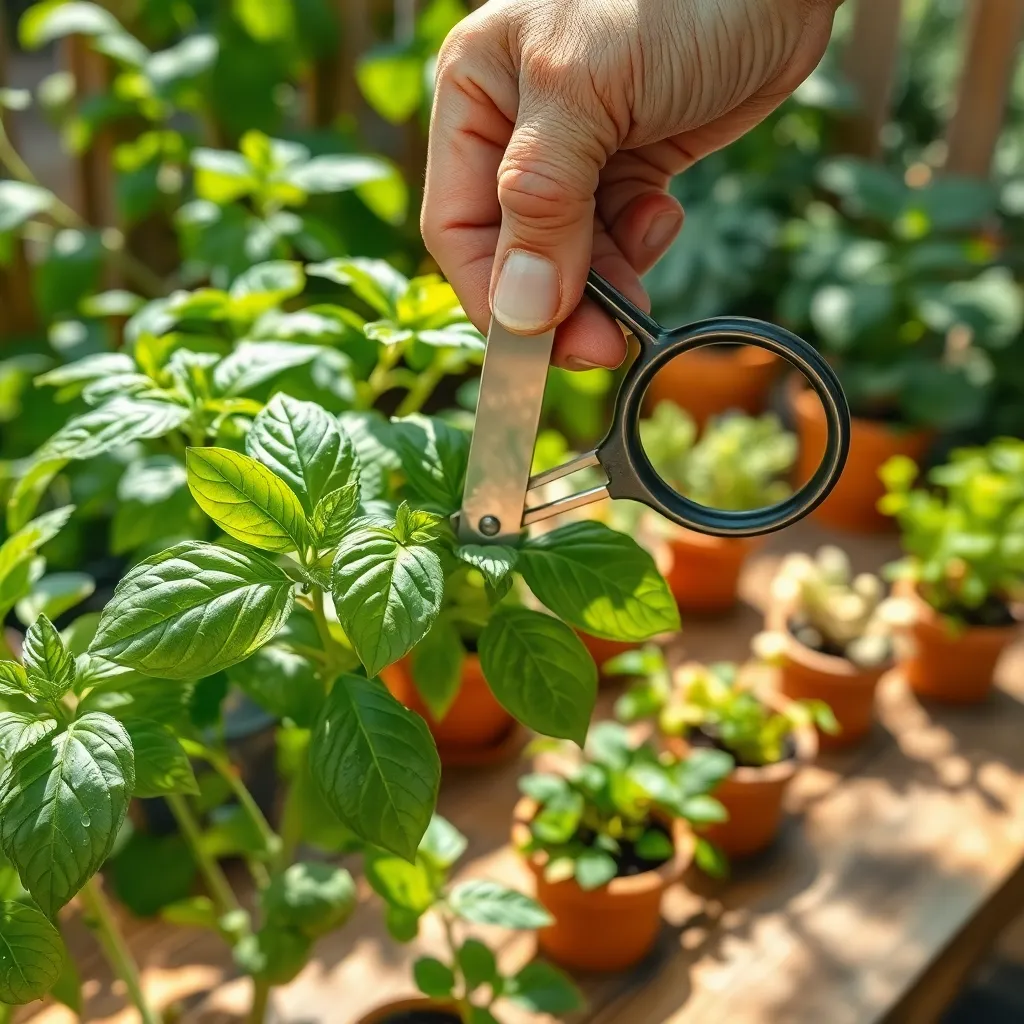
When harvesting herbs, it’s crucial to cut just above a leaf node to encourage healthy regrowth. This technique involves snipping the stem about a quarter-inch above where the leaves join the stem, promoting the plant’s natural tendency to branch out and become bushier.
By cutting above the leaf node, you allow the plant to focus its energy on producing new leaves rather than repairing damaged tissue. This not only helps maintain the overall health of the plant but also ensures a continuous supply of fresh herbs throughout the growing season.
For beginners, it’s helpful to know that a leaf node is the part of the stem where leaves are attached, often appearing as small bumps. Identifying these nodes is key to harvesting successfully, as cutting too far above or below can hinder the plant’s growth.
More experienced gardeners can use this pruning method to shape their plants, directing growth where it’s most needed. By strategically cutting above nodes, you can control the plant’s size and appearance, making it easier to manage in your garden or containers.
Here are a few tips to maximize your harvests while keeping your plants healthy:
- Use clean, sterilized tools to prevent disease spread and ensure clean cuts.
- Harvest in the morning when the oils in the leaves are at their peak for the best flavor and fragrance.
- Water your herbs a day before harvesting to reduce plant stress and improve leaf quality.
Avoid Overharvesting Each Plant
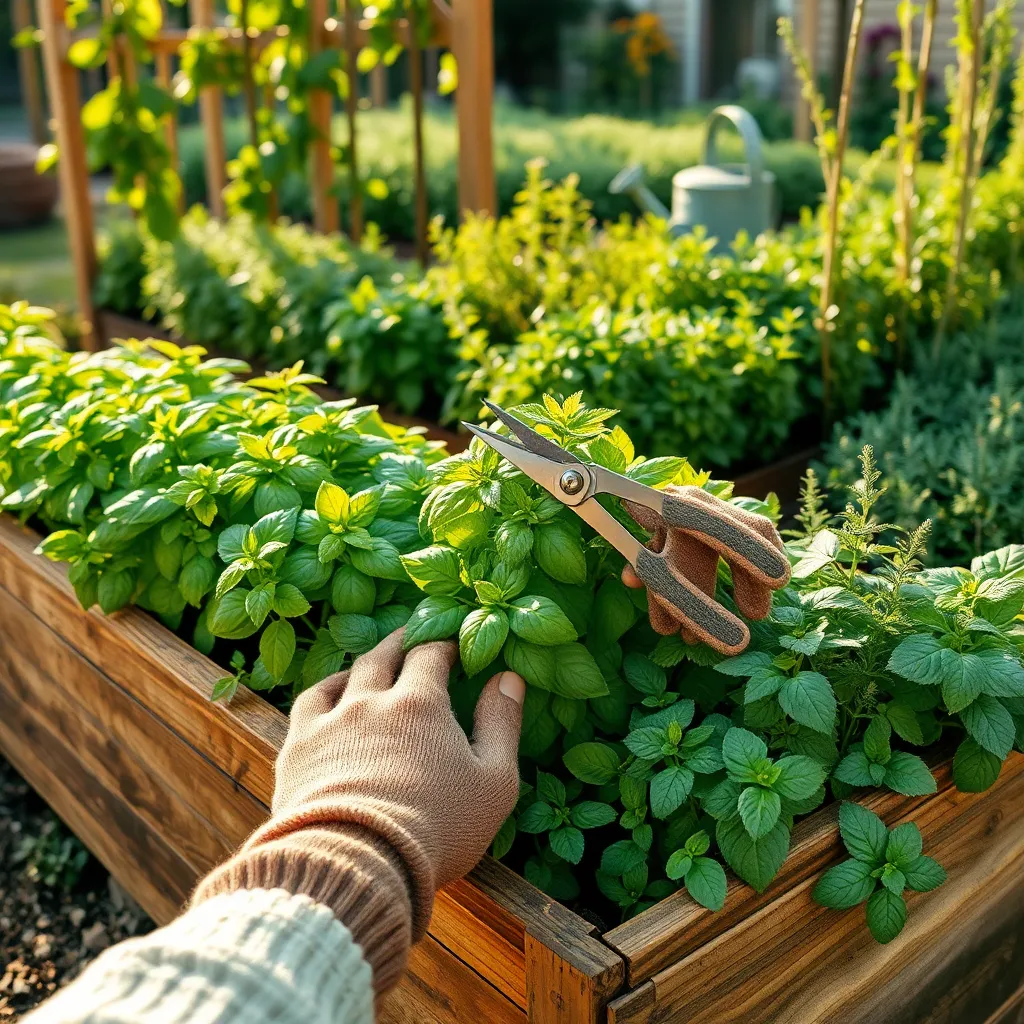
To ensure your herbs continue to thrive, it is crucial to avoid overharvesting each plant. Overharvesting can weaken the plant, reducing its ability to produce new growth. One effective method is to only harvest about one-third of the plant at any given time. This allows the plant to retain enough foliage to photosynthesize efficiently, promoting healthy regrowth.
For beginner gardeners, keeping a consistent harvesting schedule can be beneficial. Regularly harvesting small amounts encourages the plant to produce more leaves, maintaining its vigor. More experienced gardeners might notice that different herbs have varying recovery rates. For instance, basil can be harvested more frequently than rosemary, which requires a bit more time to bounce back.
It’s also essential to consider the season when planning your harvests. In cooler months, most herbs grow more slowly, so harvesting should be more conservative. However, during the peak growing season, you can afford to be slightly more aggressive with your harvesting. This balance ensures that your herbs remain productive throughout the year.
Understanding each herb’s specific needs can further enhance your harvesting strategy. For example, mint benefits from regular trims to prevent it from becoming leggy and unruly. On the other hand, herbs like thyme prefer to be harvested more sparingly, allowing them to maintain their compact form. By tailoring your approach to each plant’s characteristics, you can maximize both yield and plant health.
Water and Care Post-Harvest
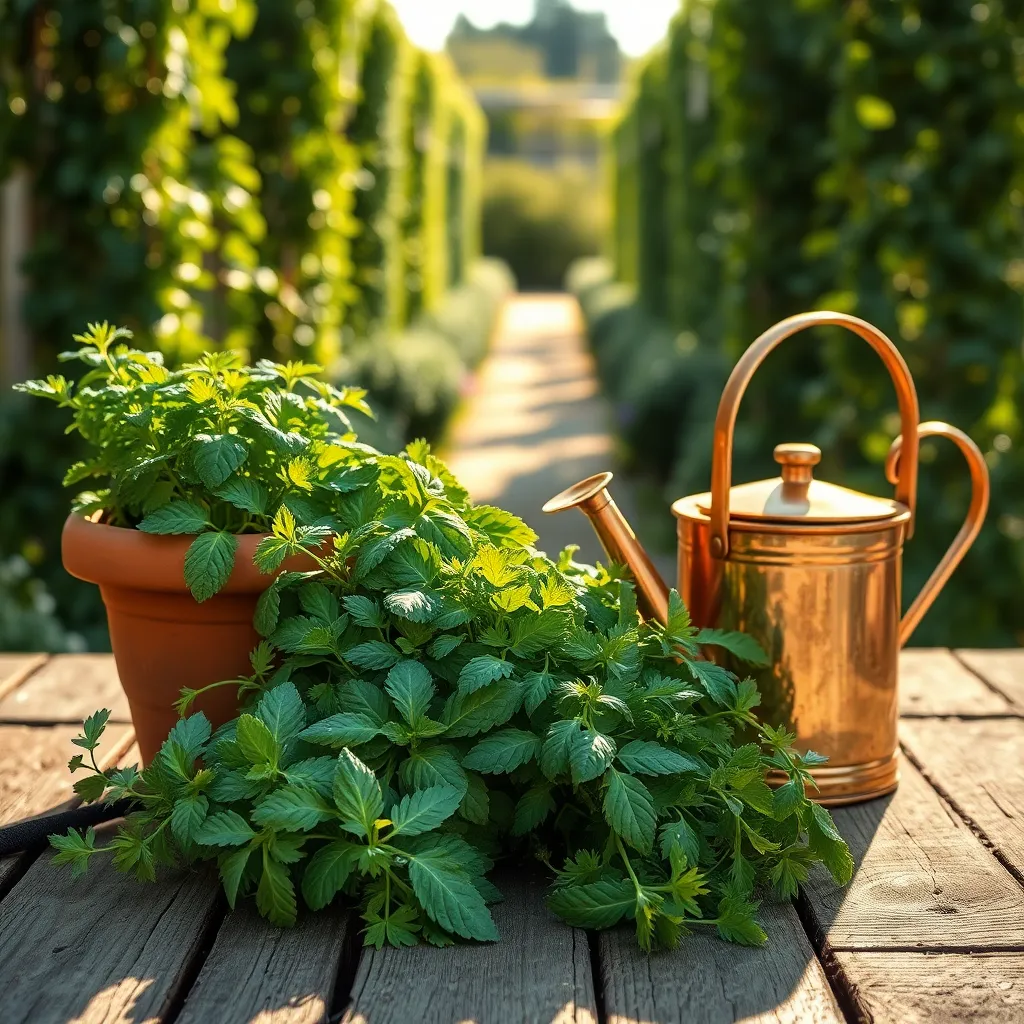
After harvesting your herbs, it’s crucial to adjust your watering schedule to support the plant’s recovery. Typically, herbs like basil and mint need to be watered more frequently post-harvest, about once every 3-4 days, ensuring the soil remains consistently moist but not waterlogged.
Consider applying a light layer of organic mulch around the base of the plants. This helps to retain moisture and keeps the roots at an even temperature, promoting further growth and resilience.
To facilitate robust regrowth, provide a gentle feeding with a balanced liquid fertilizer every two to four weeks. This not only replenishes nutrients but also encourages lush, new foliage that can be harvested again in the future.
Regularly inspect your herbs for any signs of stress or pest infestation, as plants can be more vulnerable post-harvest. Remove any damaged or diseased leaves promptly to prevent further issues and maintain plant health.
For more experienced gardeners, consider pinching back the tips of your herbs to encourage bushier growth. This technique not only promotes a fuller plant but also increases the number of harvests you can enjoy over the growing season.
Conclusion: Growing Success with These Plants
In exploring the harmonious art of harvesting herbs without harming the plant, we’ve uncovered five key principles that echo beautifully in nurturing relationships. First, we discussed the importance of timing—recognizing the right moments to engage and foster growth. Next, we delved into the value of balance, ensuring that we give and take in equal measure to sustain vitality. Third, we emphasized the necessity of patience, allowing time for natural development. Fourth, we highlighted the power of mindful attention, focusing on understanding and caring for our partners. Lastly, we touched on the significance of consistency, maintaining efforts to nurture and strengthen bonds.
As an actionable next step, take a moment today to practice one of these principles—perhaps by reaching out to your loved one with a heartfelt gesture. Let this be the beginning of a more mindful approach to your valued relationships.
Don’t forget to save or bookmark this article for those times when you need a gentle reminder of these nurturing practices. As you apply these insights, you’ll find that just like a well-tended herb garden, your relationships will flourish with resilience and joy, paving the way for lasting success and fulfillment.

